The majestic building at the end of Souvenir Street in the old town of Limassol is well known to many.
It has graced the coastal city for over 100 years. Today, the building is particularly popular with students as it houses the Municipal University Library and serves as a study space for them. This architectural and historical monument of Cyprus was once the ancestral home of the Pilavakis, a very wealthy and influential family. Access to the mansion was closed to the public and only a select few could enter the luxurious building, which symbolised the high social status of its owner and embodied his aspirations for a European lifestyle.

History of the Mansion
The idea to build this unique residence came from Antonis Pilavakis, a local businessman and son of Aristoklis Pilovatis, a major industrialist and banker and founder of the first shipping company in Cyprus. Antonis travelled a lot and saw a lot. But he was particularly impressed by the neoclassical architecture of Monaco, where he liked to spend his holidays burning money in the local casino.
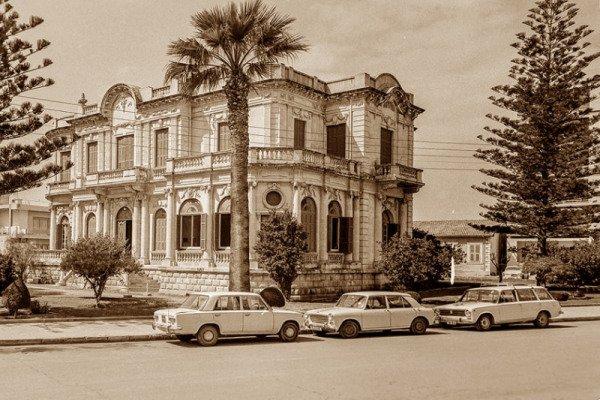
Returning from his summer holidays, the Cypriot entrepreneur decided to build a house on the island. Not just any house, but one that would have the characteristic look and feel of the Napoleonic style. In order to realise an idea that was unusual for Cyprus, Antonis invited several architects at once. The first was from France. He was the famous Edouard Niermann, who already had a number of beautiful buildings in his portfolio. For example, the Folies-Bergère cabaret and the Moulin Rouge. He designed a luxurious 2-storey villa. Pilavakis's friend Zacharias Vondas, a Greek architect who was responsible for the covered market in Limassol and the Church of the Holy Trinity, volunteered to adapt the finished drawings to local architectural standards.
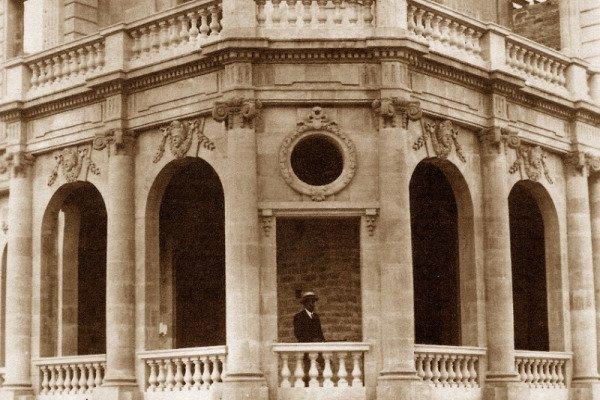
Construction of the house, unprecedented in its artistic merits and technical solutions, began in 1919. It took 15 years to build! Craftsmen from all over Cyprus were brought together to create the moulded and carved decorative elements, the ornate columns, the stunning arched windows and doors. The result surpassed all expectations. The Pilovatis Mansion has become the epitome of architectural luxury in Limassol. Built at the turn of the 20th century, it reflects the ambition and vision of its owner to make his home not only a place to live, but also a symbol of wealth and cultural influence. The building was ceremonially handed over to its owner in 1934. The whole of Limassol then gathered around the mansion to admire it.
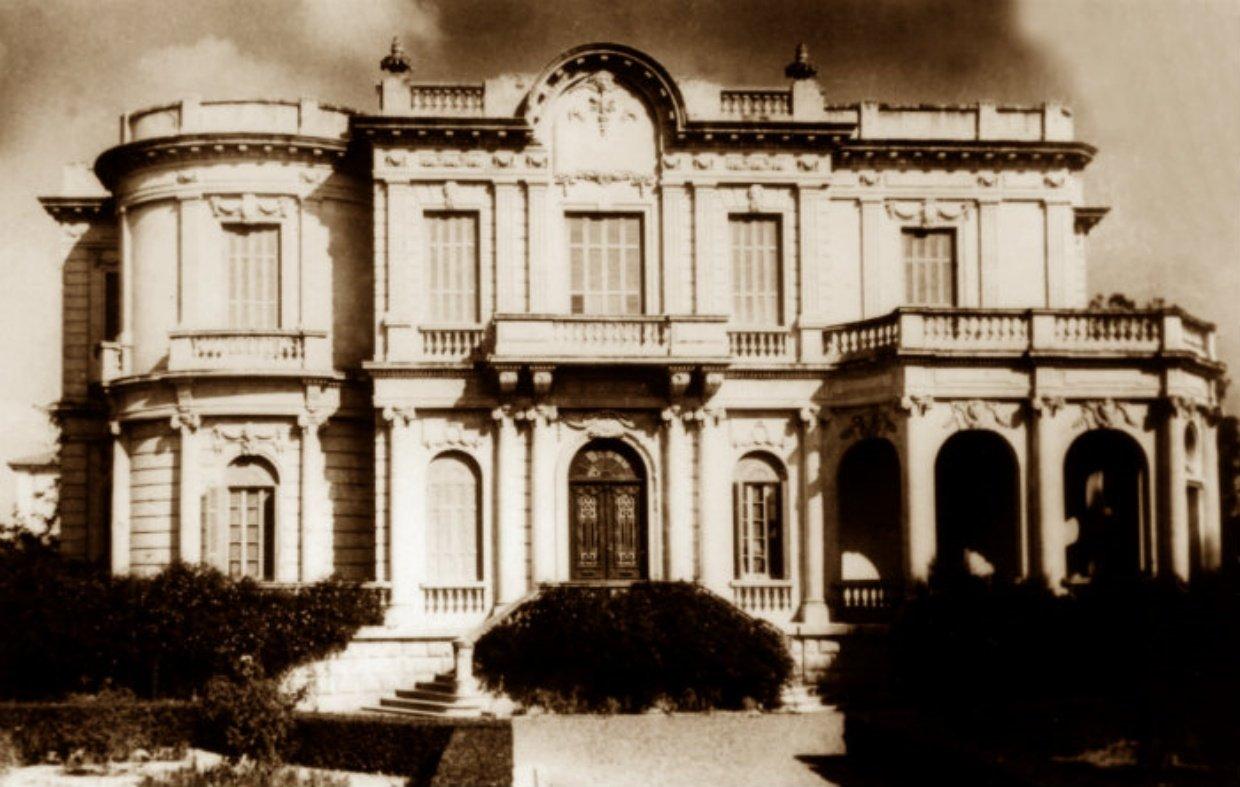
Decay and restoration
After the death of Antonis Pilavakis, the mansion gradually fell into disrepair. The relatives of the owner of 'Limassol Palace' could no longer (or perhaps did not want to) maintain the building in its original splendour. In 1966 it was sold to Princess Zina Canter de Tiras, who later donated it to the local municipality. Thanks to the efforts and financial support of the Limassol Municipality, the restoration of the building began. The mansion was also recognised as an important historical monument of the city. A plan was even drawn up for its restoration. As a result of the restoration work, the mansion was brought back to life, preserving its architectural and cultural features.
In 1990, the then Cypriot Minister of Trade and Industry, Takis Nemitsa, proposed that the building be converted into a casino, as its first owner, Antonis Pilavakis, had admired and frequented. But the matter did not go beyond talk.
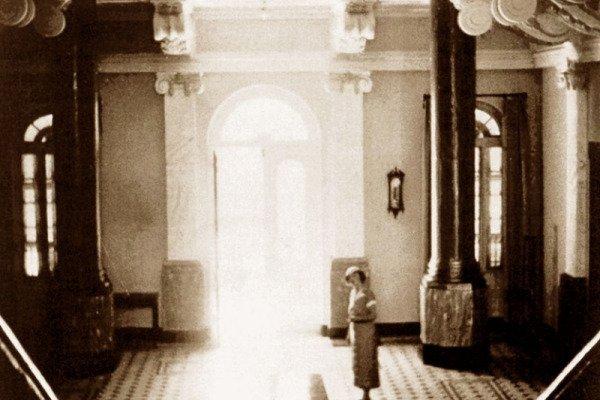
How did a mansion become a municipal library?
The Limassol Municipality started thinking about opening a municipal library in 1943. Two years later, in October 1945, the idea was realised in the very building of the Municipality. At the same time, a library committee was set up to promote public interest in the arts in every way possible. The library was stocked with books through systematic purchases and generous donations from local citizens, many of whom were found. Exhibitions and creative evenings were held in the library and various competitions were organised. The library's collection grew rapidly, and with it the need to expand.
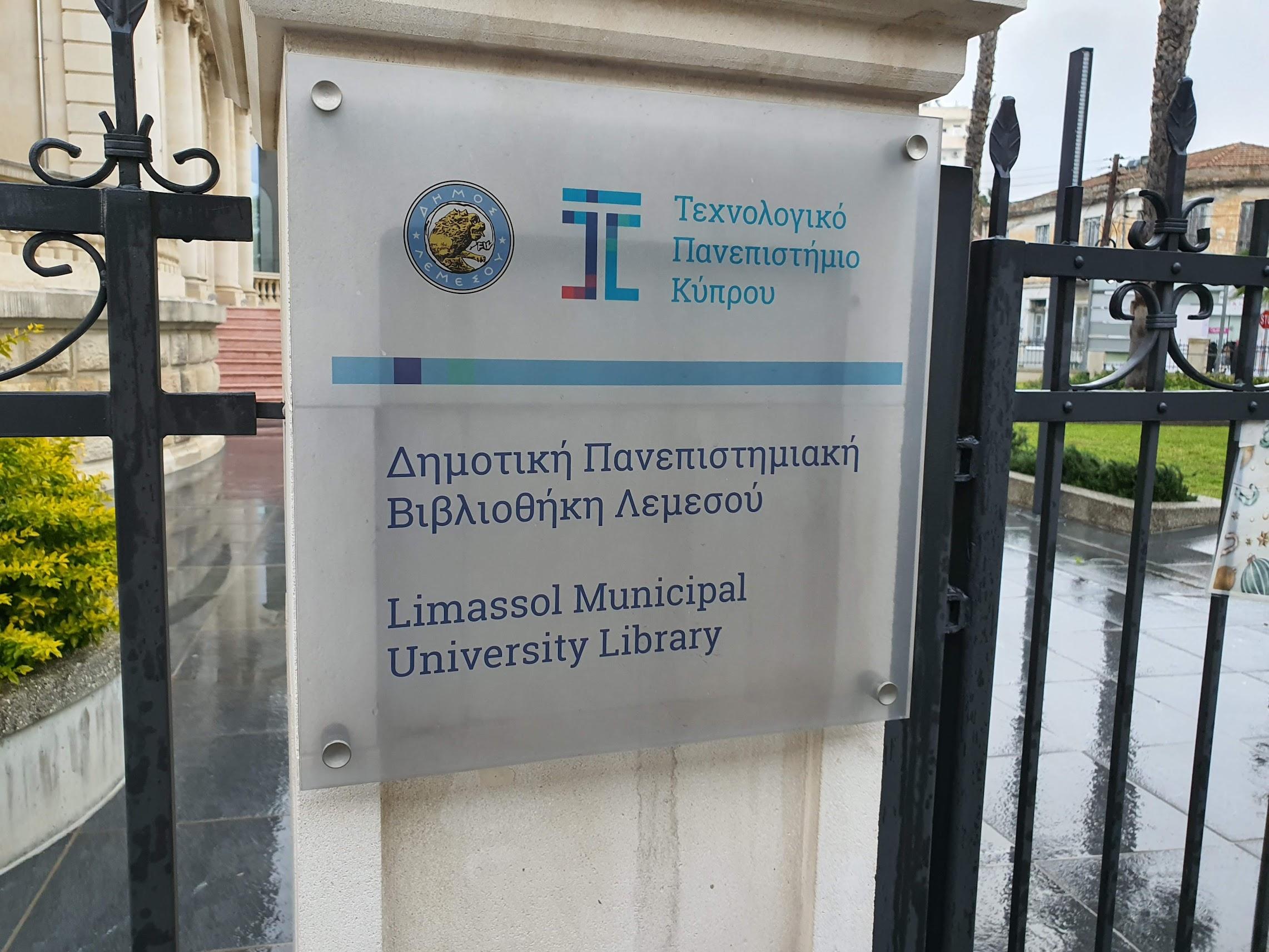
The acquisition of the Pilavakis Mansion was a good reason to move the accumulated literary collection from the Town Hall to a larger building. Residents and visitors to Limassol now have a great opportunity to discover the history of the island and European architecture, to spend time surrounded by books, to attend a film screening, a lecture or a concert. The new Municipal Library has become a real attraction not only for the rich and famous, but also for ordinary people.
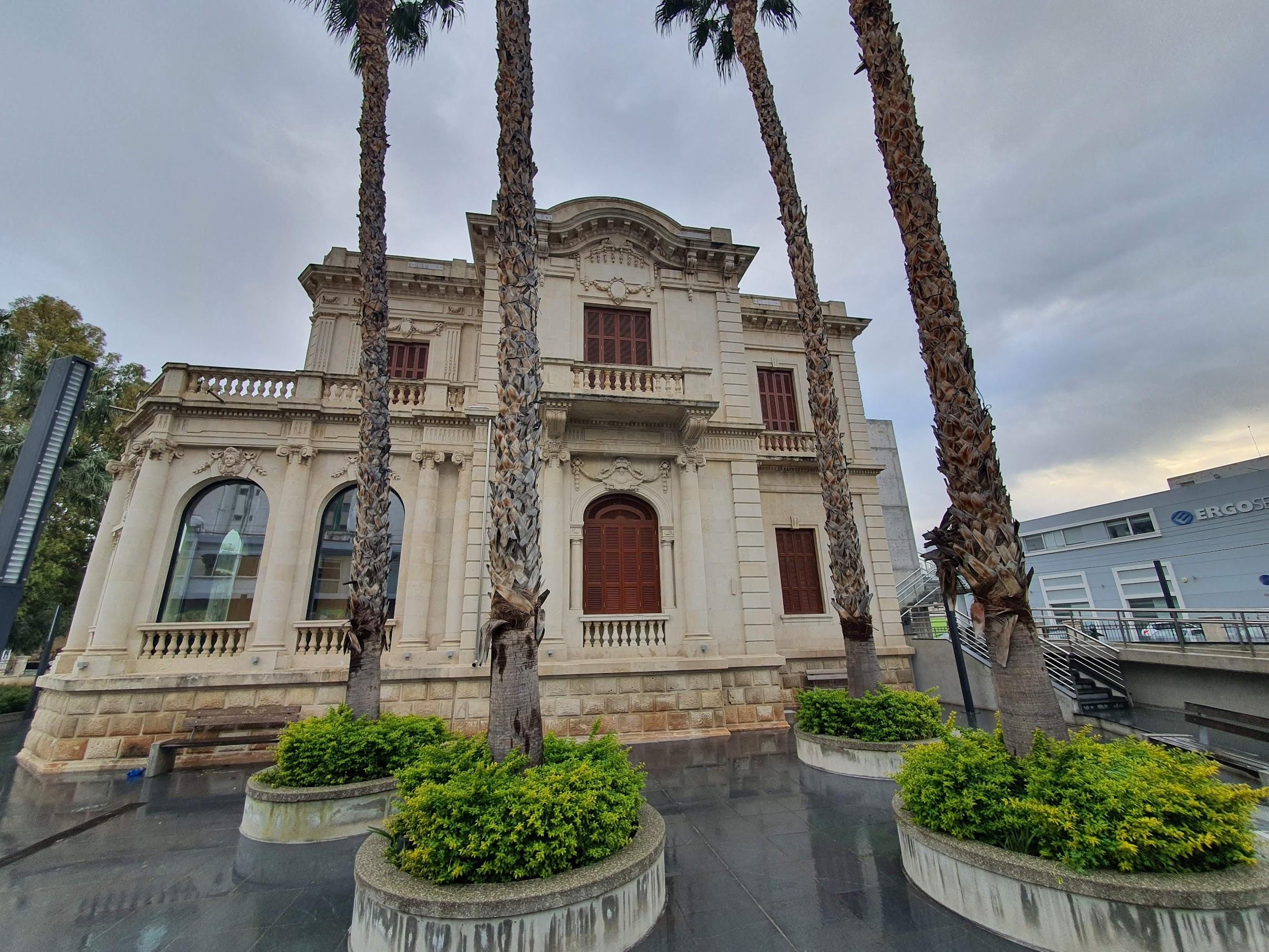
As the years went by, the building needed another renovation. So in 2011 it was closed for a 7-year renovation. It was only in October 2018 that the Limassol Municipal University Library was inaugurated and became one of the main attractions of the city.
The basement of the mansion is dedicated to the collection of the Cyprus University of Technology, which includes works on art history, philosophy and colourful albums of fine arts. The ground floor is dedicated to the collection of literary, ethnographic and historical works on Cyprus. The first floor is used as a computer room, rooms for private study of books and a room for lectures and film screenings.
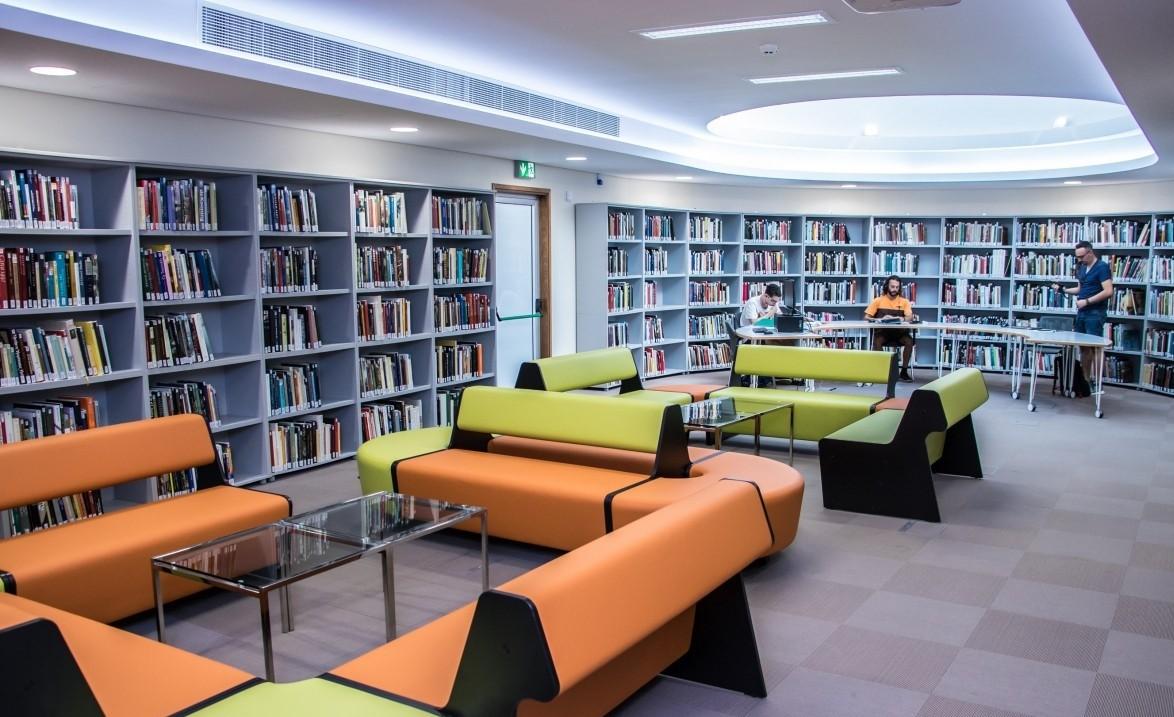
The library has a collection of about 60,000 books, as well as many newspapers and magazines published in Limassol since the 19th century. It has about 270,000 books in electronic form, as well as many rare and valuable editions. The library is open not only to students of the Technological University of Cyprus (TEPAC), but also to anyone with a passion for knowledge. The library is also open to the youngest book lovers. It has a large section with a variety of books for young readers.
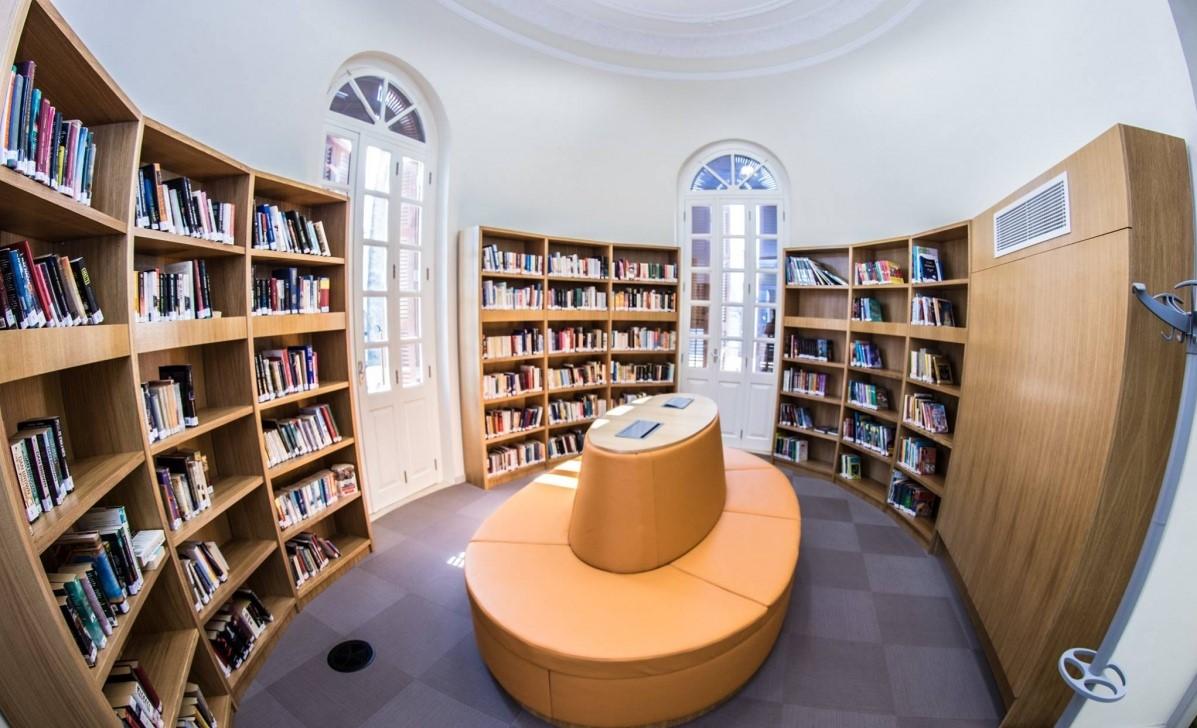
Of particular note is the large garden outside the Pilavakis Mansion, with tall palm trees, fountains and lawns hidden behind elaborate railings. This idyllic space is not only the jewel of the Limassol Municipal University Library, but also a very comfortable place for those who wish to study or read in the fresh air.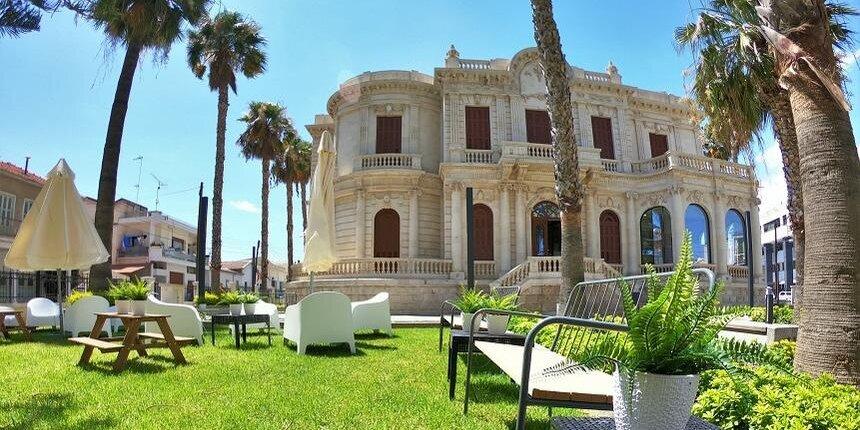
Modern significance of the villa
Today, the Antonis Pilavakis Mansion is an integral part of Limassol's cultural heritage. It still attracts the attention of tourists interested in the architecture and history of the city. The house continues to play the role of a cultural bridge between the past and the present, linking the history of a rich and influential family with modern social and cultural processes. The Pilavakis Mansion is a reminder of Limassol's heyday and contributes to the preservation of the city's historical memory.
The story of the Antonis Pilavakis Mansion in Limassol is one of prosperity and decline, symbolising an era of change and development in the city. This magnificent architectural monument reflects not only the personal achievements of its owner, but also the general social and cultural context of the time.
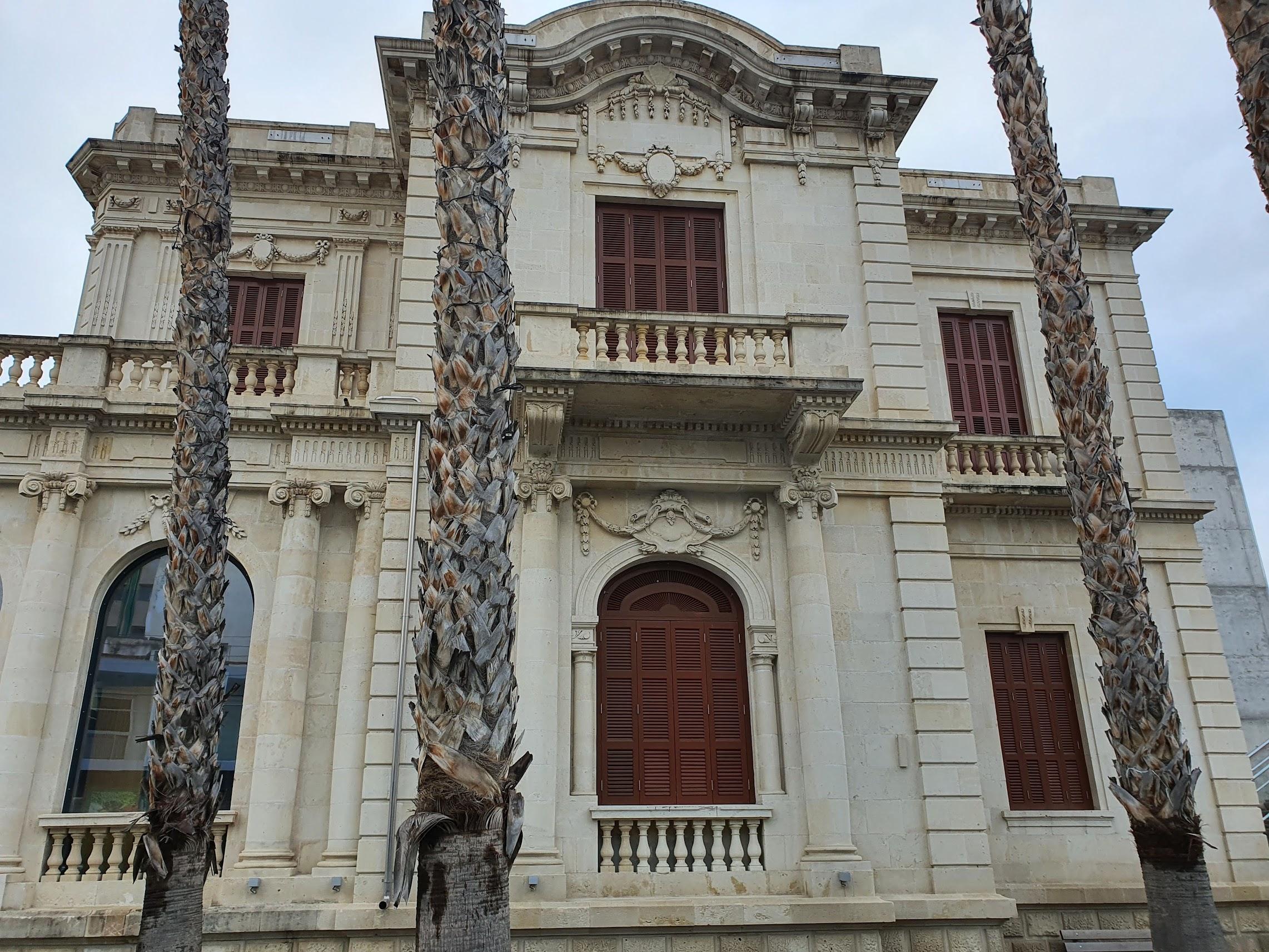
Read also:

